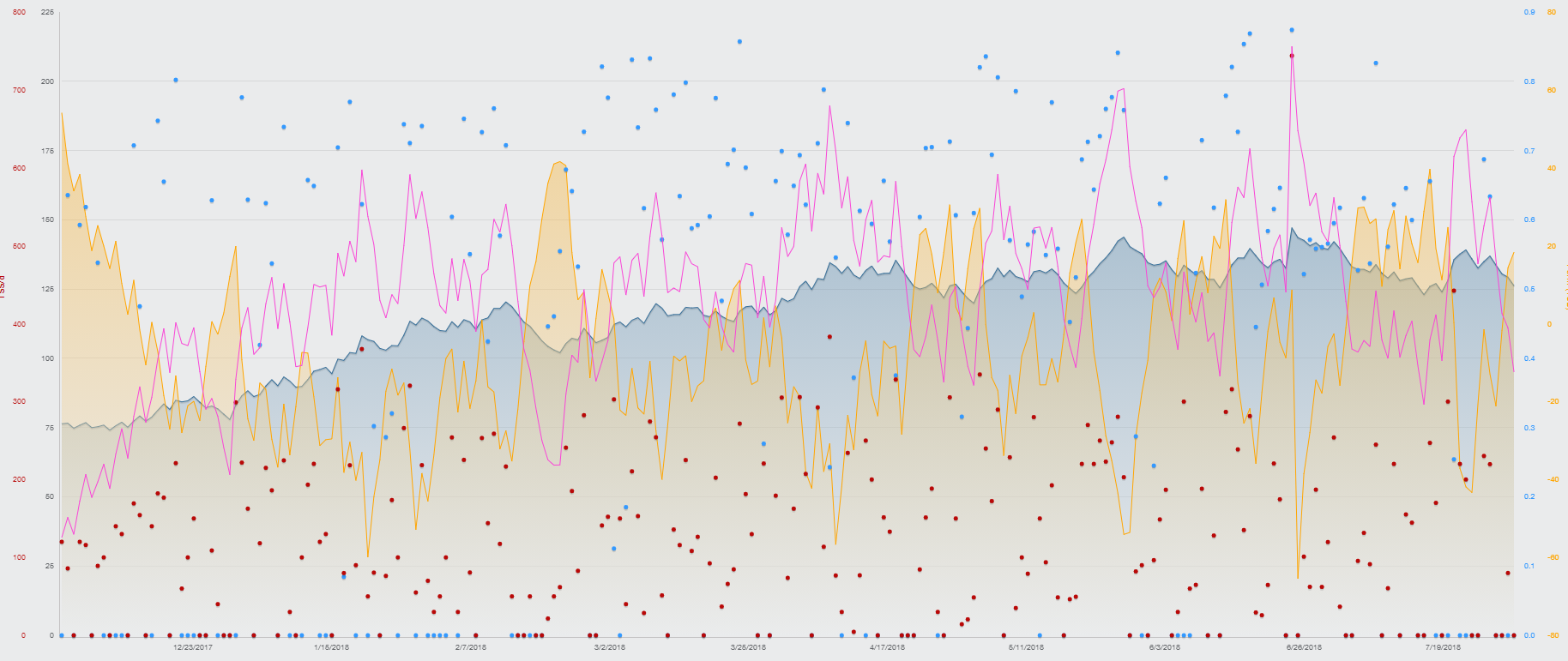
Basic concepts for power training – part 3
After a broad review of the basic training metrics viewed and defined in the previous deliveries; We take another step, To help you know and master the different concepts that draw the framework in which we move to obtain maximum performance in power training.
While it is true that if you use the WKO analysis software, You will not deal directly with these data and it will be your coach who manages them, Knowing them can help you find meaning to training and understand what the objective of these is and where they are oriented.
Metrics to take into account for work with power:
PMAX: Maximum power. It is the maximum power value that we can generate in a complete pedaling revolution. Important value to control in explosive corridors and cycling modalities that require high power peaks in short periods of time, For example: sprinters in an arrival or some track mode.
MFTP, del inglés: modeled Functional Threshold Power. It is the estimate of the FTP in watts for a selected dates range. For a period of time determined by the user. WKO will take the maximum generated power values and draw a power curve by which, It will estimate your FTP value through a modeling (red curve). This modeling will be "fed" For your training or competition files, which, The software will estimate your performance based on all these documents.
TTE, English: time until exhaustion. It is the estimated time we can hold, Before reaching the exhaustion, Our MFTP. Through extensive FTP training, We seek to increase this time.
FRC, English: Functional Reserve Capacity. It is the total energy measured in KJ that we have to make efforts above our MFTP. Determining value for those modalities in which intense and short efforts are repeated as a route criterium tests, XCO track.
Stamina, English: endurance. It is used as a reference for fatigue resistance. Shows the power loss for efforts below FTP. It is shown in % And the higher this value will indicate a lower power loss. Interesting value for long distance tests where to maintain an intensity as close to the threshold as possible for longer, can represent success. A take into account in ultra distance tests, For example.
How can we check, Not everything is FTP. Each parameter can be a different test factor or cyclists, And the good work of your coach when applying the principle of individuality and specificity will be decisive when obtaining maximum performance.
Strength development (2nd phase)
If you have followed the instructions in the previous post about strength work, you probably have
Strength training: 5 basic exercises that should never be stopped
First of all, emphasize that strength is one of the 4 main capabilities to train in the cic
Do we stretch? How and why?
We always recommend that our athletes stretch after training.





